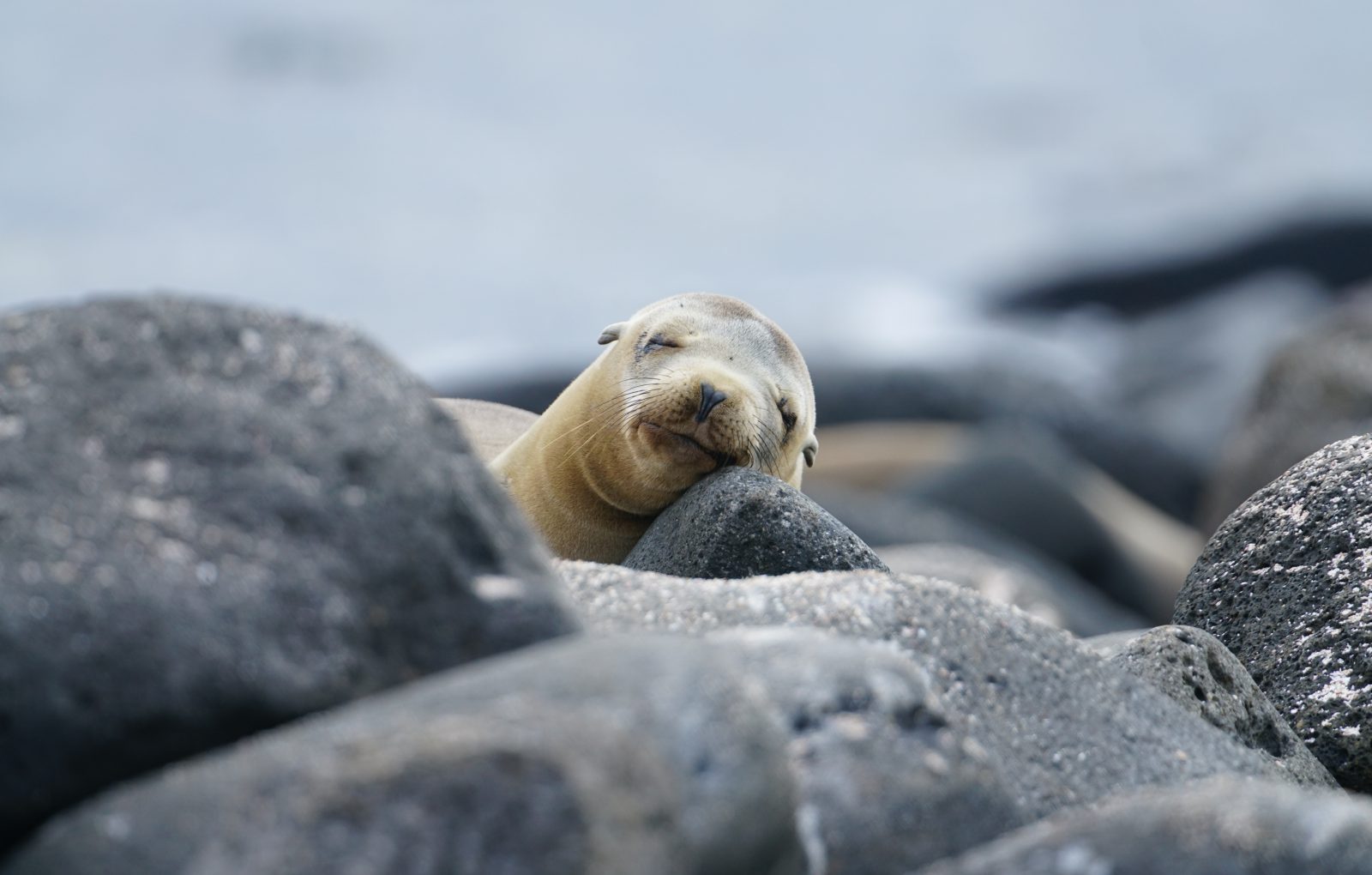Sea Lion Island, the most southerly inhabited island of the Falklands group, is five miles long and just over a mile wide at its widest point, – just the right size for exploring. The Island is valued for its incredible wildlife diversity which reflects the Island’s high quality native habitats and its lack of rats and other introduced predators.
Sea Lion Island is a designated National Nature Reserve and Ramsar site and is guaranteed to delight. Teeming with everything the Falklands has to offer in terms of wildlife (excluding Black-browed albatross) visiting Sea Lion is a must. The island is small and relatively flat which affords easy independent exploration for visitors.
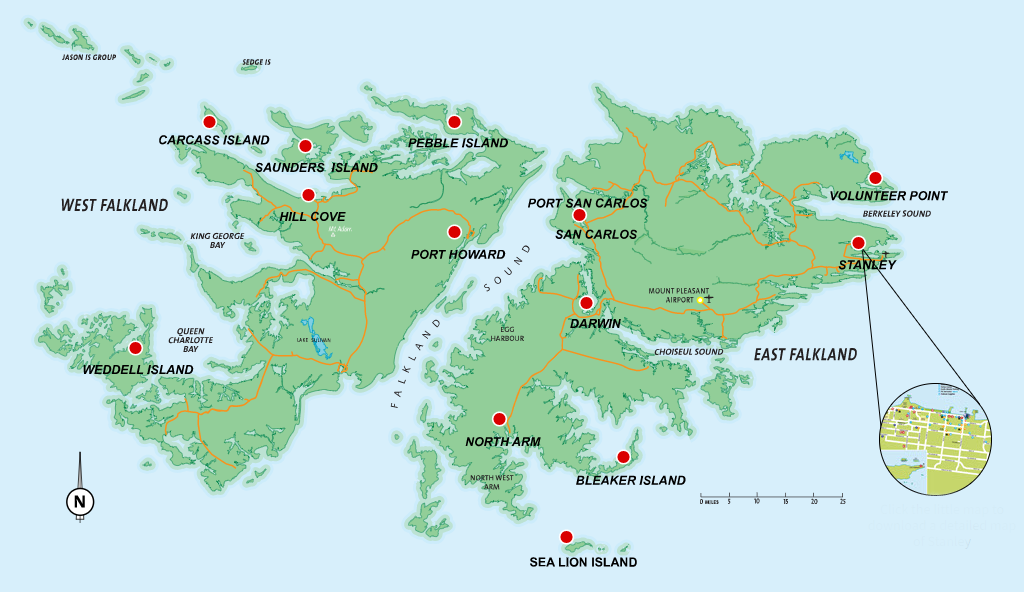
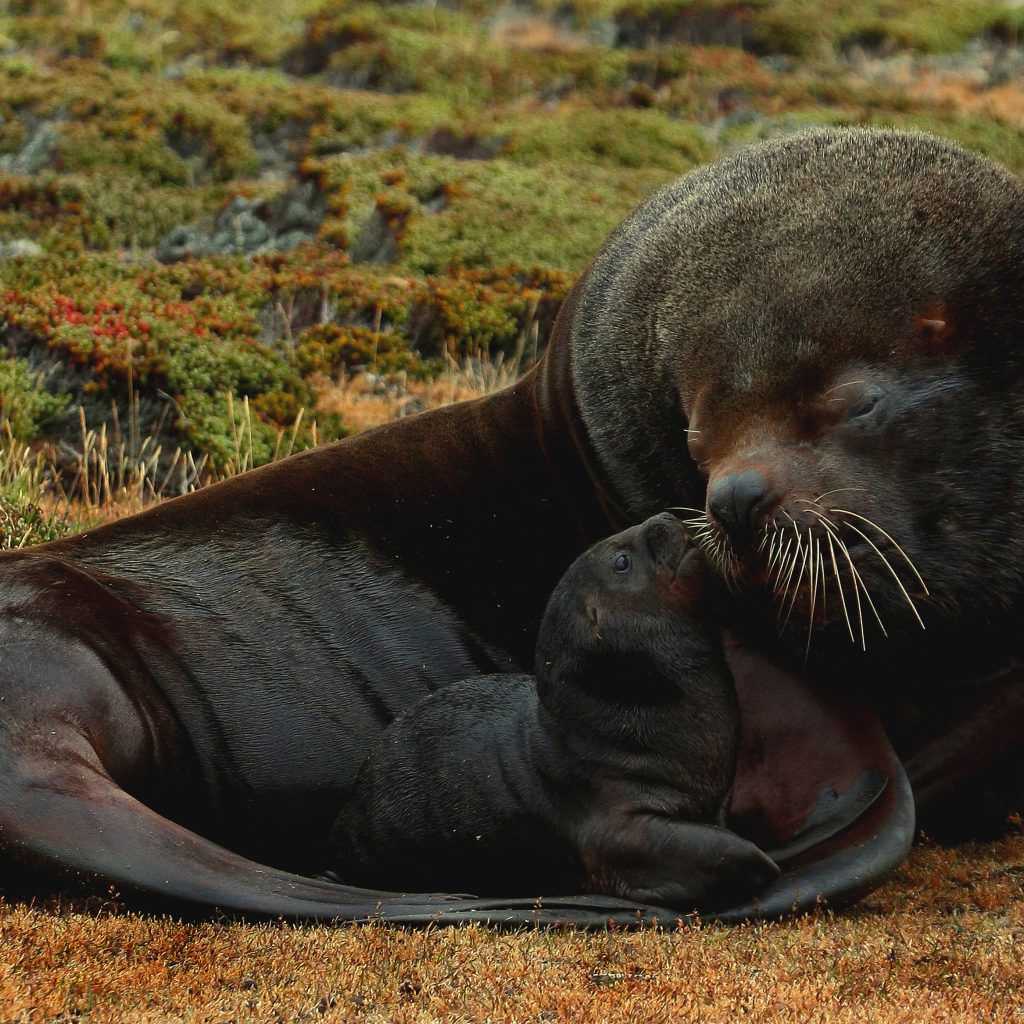
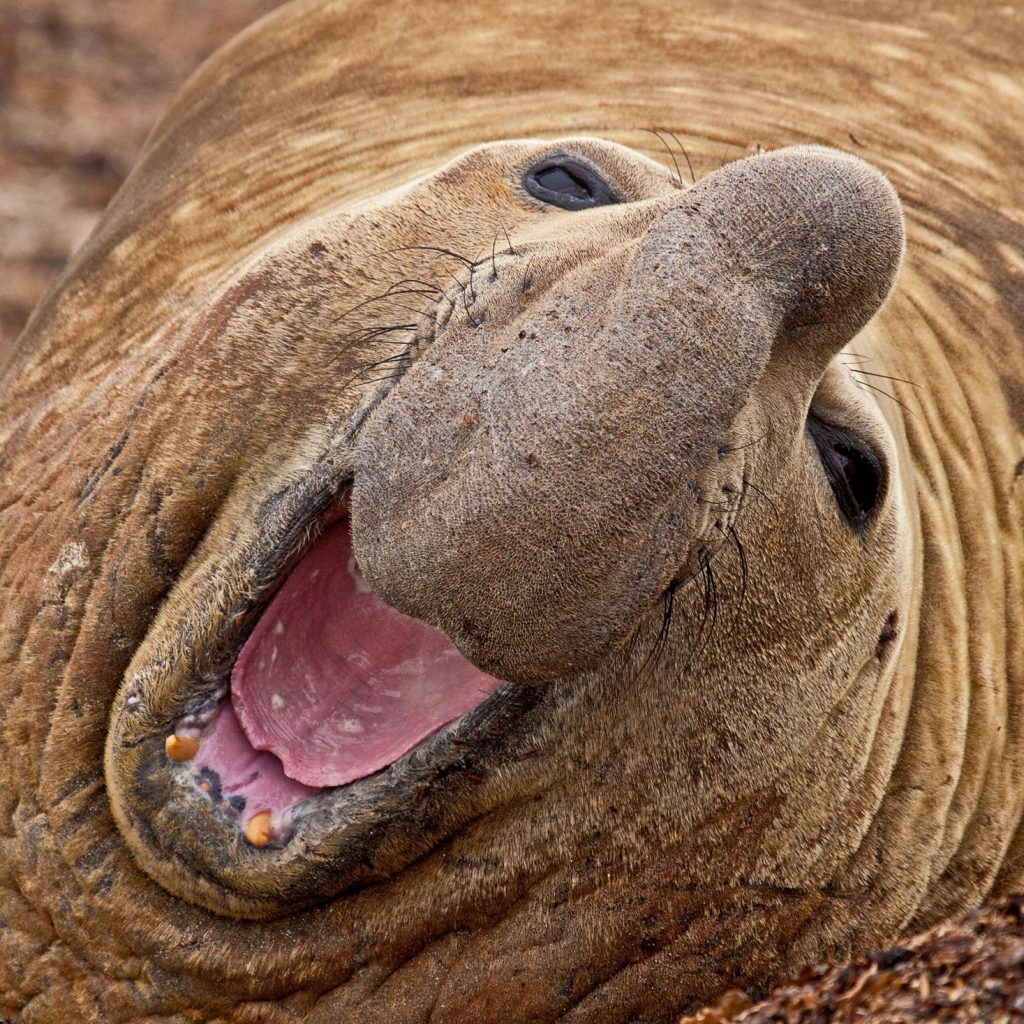
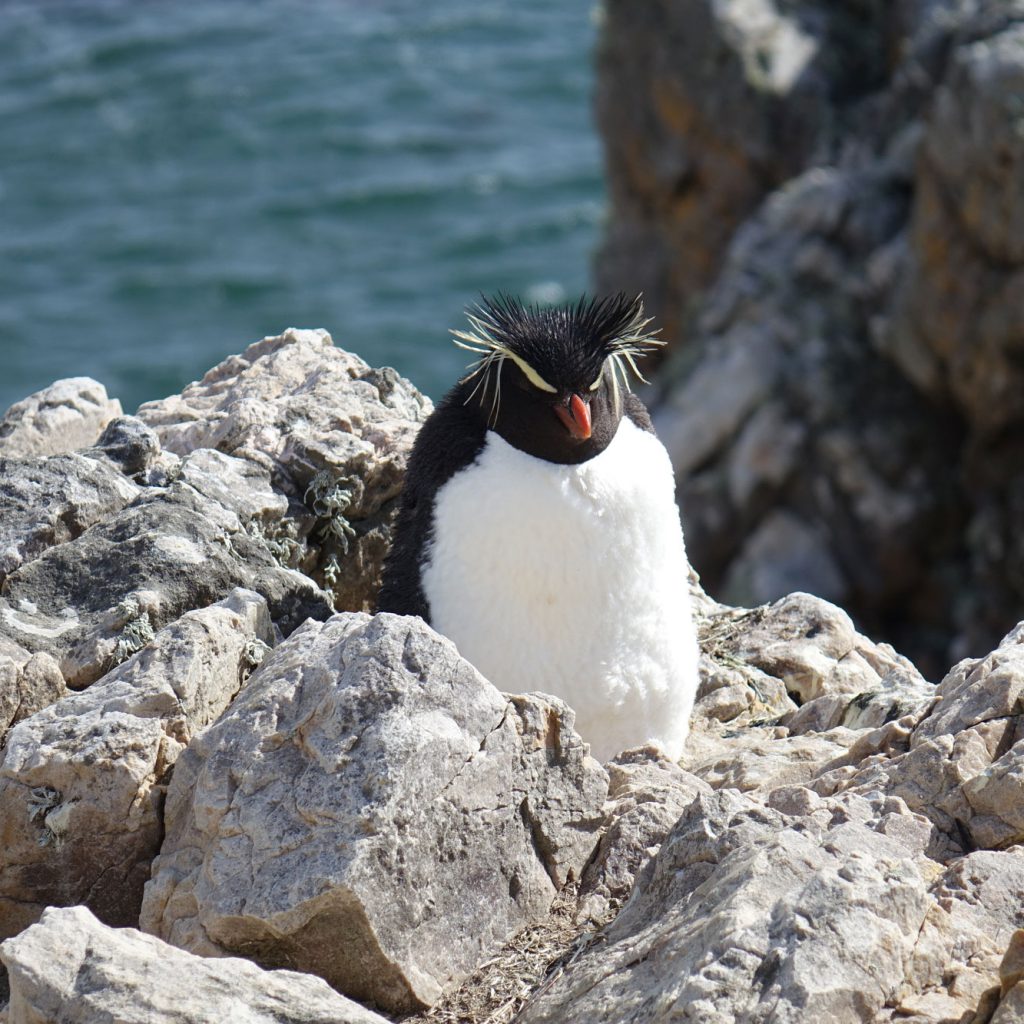
Beautiful plantations of the spectacular tussac grass cover one fifth of the island and provide a perfect habitat and protection for much of the islands’ varied fauna and flora, there are more than 56 flowering plants found here.
Its rodent-free status assures the survival of numerous small bird species including the endemic Cobb’s wren and tussac bird. Approximately 40 breeding birds are found here, including seabirds such as the Southern Rockhopper, Magellanic and Gentoo penguins, Southern Giant Petrels and Falkland Skua.
The wetlands on the island support populations of Silvery Grebe, Chiloë Wigeon, Speckled and Silver Teal and Patagonian Crested Duck. Many shore birds are also found such as the Rufous-chested Dotterel and Two-banded Plover.
In terms of marine mammals, the island hosts two species of breeding seals; the Southern Sea Lion and the Southern Elephant Seal (the largest population on the Islands, with up to 1,800 seals) which in turn attracts the famous pods of Killer Whales that hunt them.
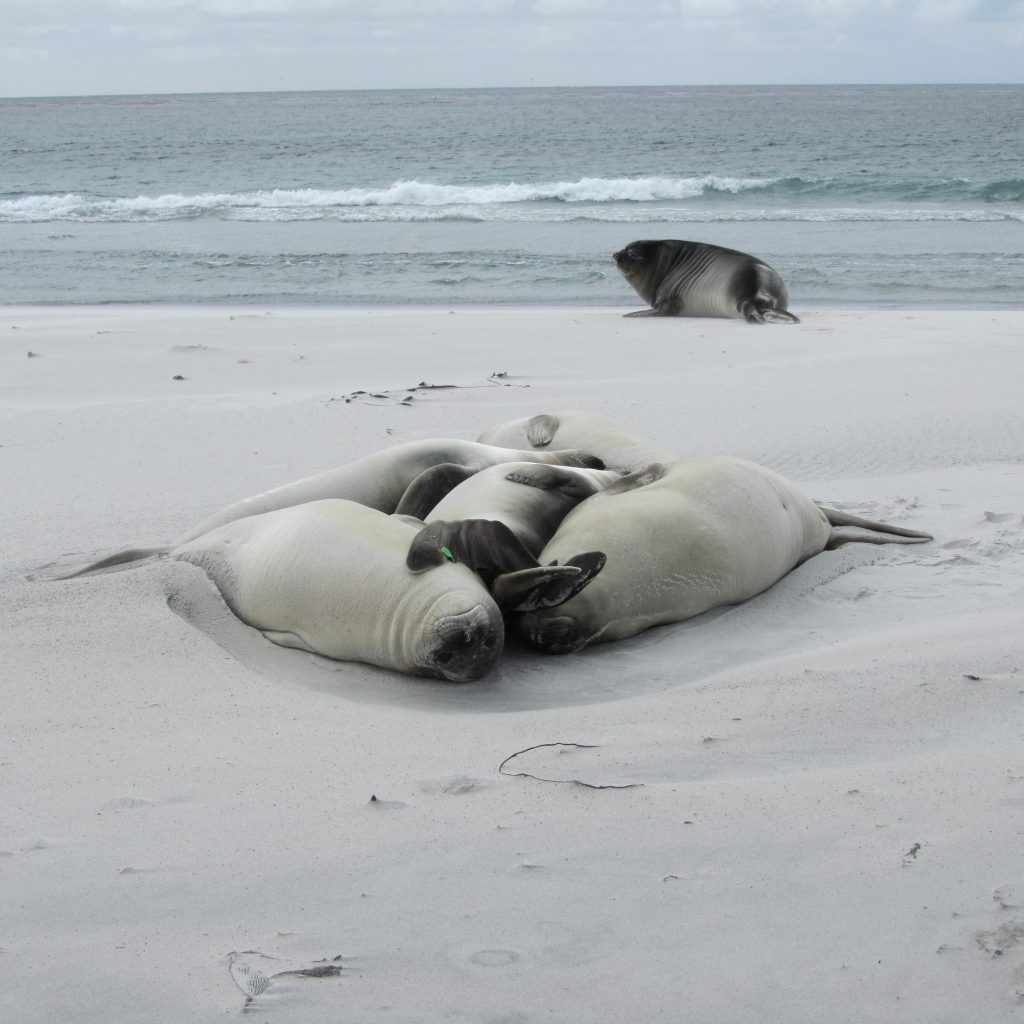
Beaches
Besides the tussac, there are dazzling white sand beaches, cliffs, fresh water ponds and heathland, all with their own populations and all within walking distance of the accommodation.
There are many different species of birds to be seen on Sea Lion Island with 47 breeding birds which include five species of penguins and five birds of prey (including the Striated Caracara, one of the rarest birds of prey in the world). In addition, every year brings exciting sightings of vagrants. Pods of Killer Whales circle the Island in pursuit of the Southern Elephant Seals and Sea Lions which breed there.
Whales
Leopard seals and larger whales are also seen from time to time.
Award-winning, world renowned photographers have adorned books and magazines with their prizewinning shots of the wildlife on Sea Lion Island, but even with the most basic equipment you will take away shots to treasure for a lifetime. Make sure you have plenty of batteries for your camera; you will need them.
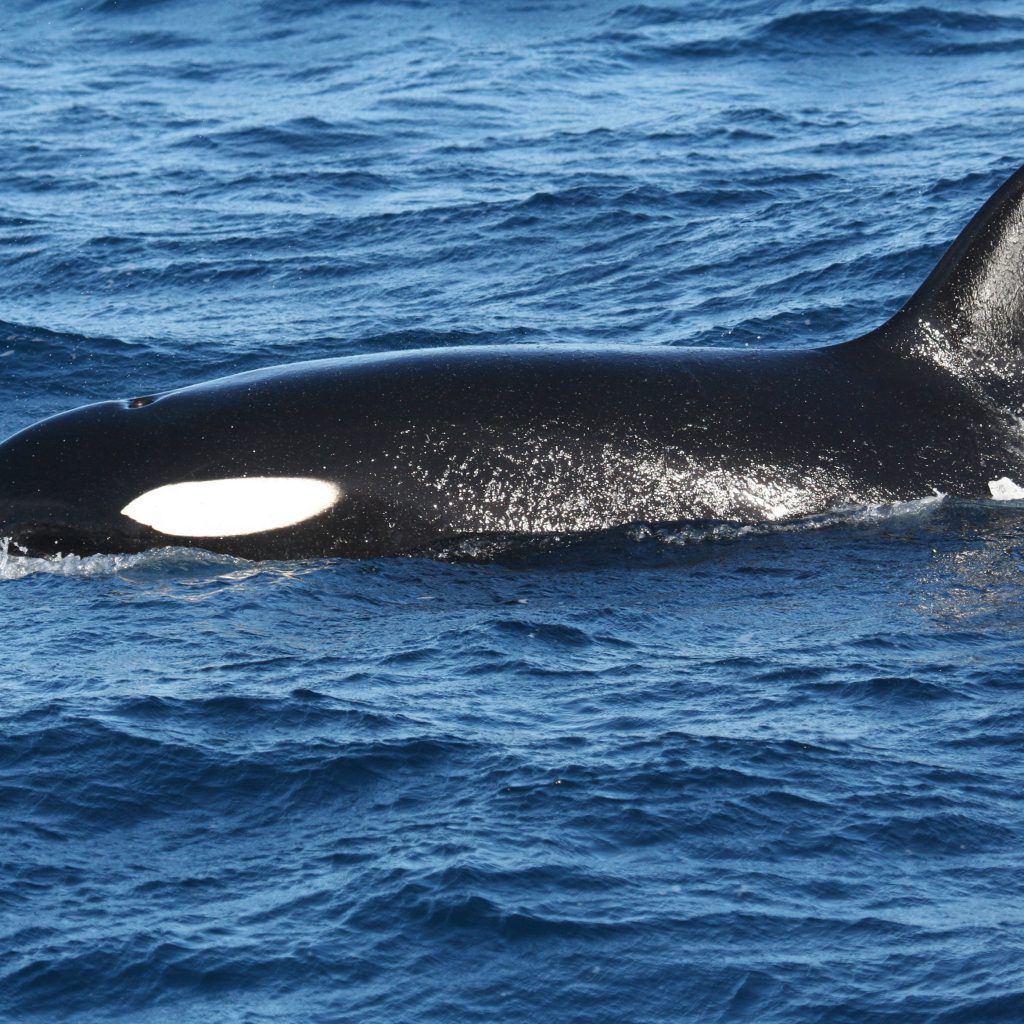
Accommodation
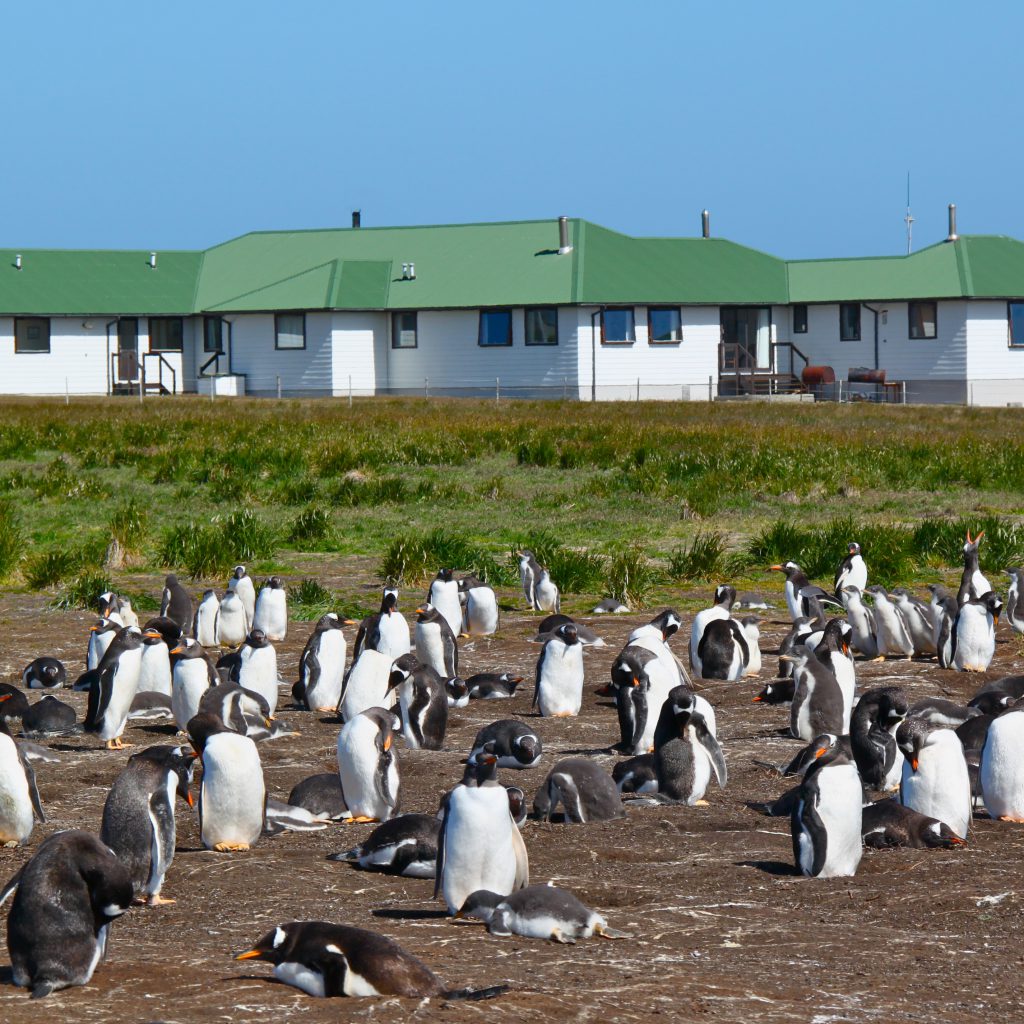
Sea Lion Lodge
The Lodge, purpose built in 1986 and completely upgraded during 2008, offers very comfortable accommodation with en-suite facilities in all rooms. Full board accommodation is provided to all guests.
